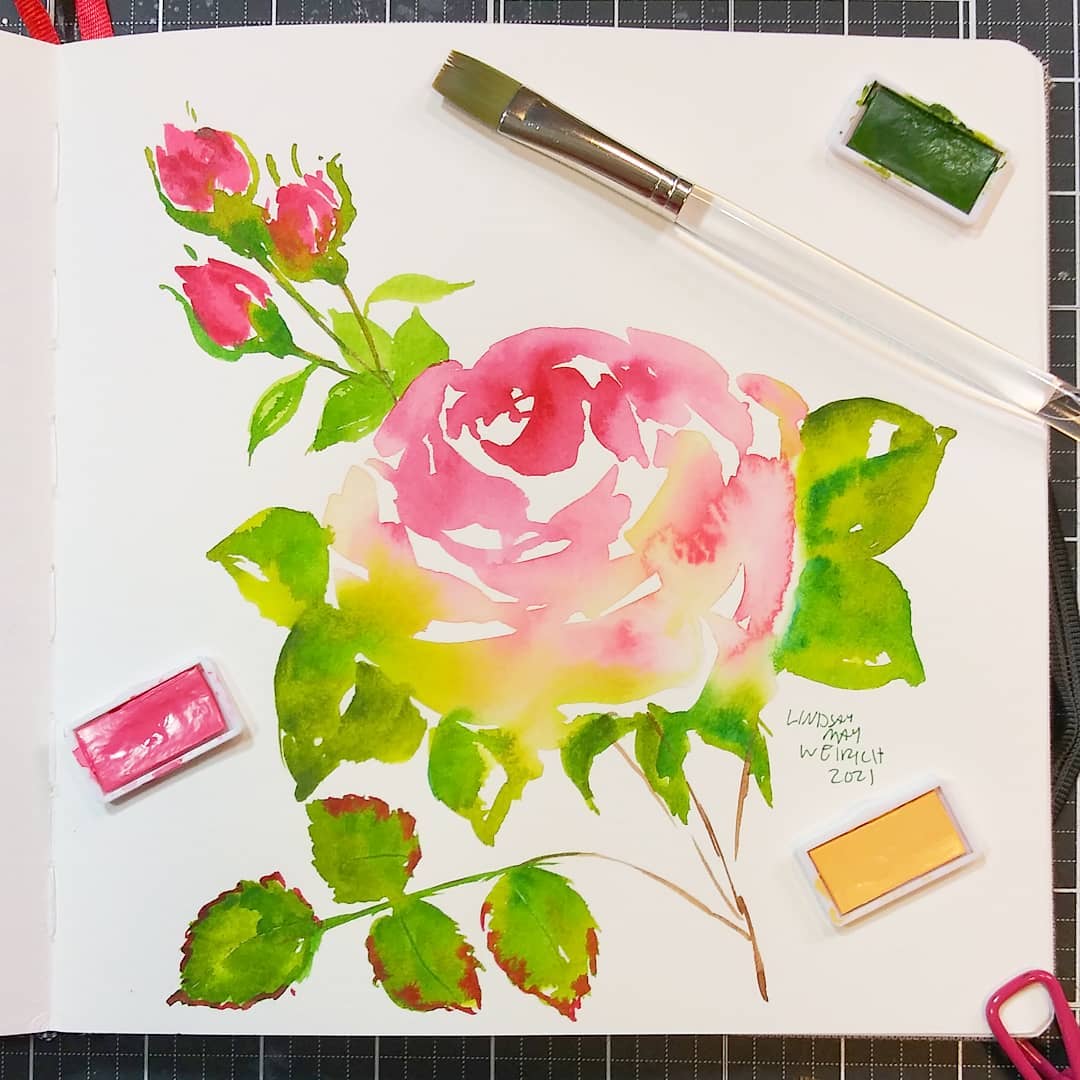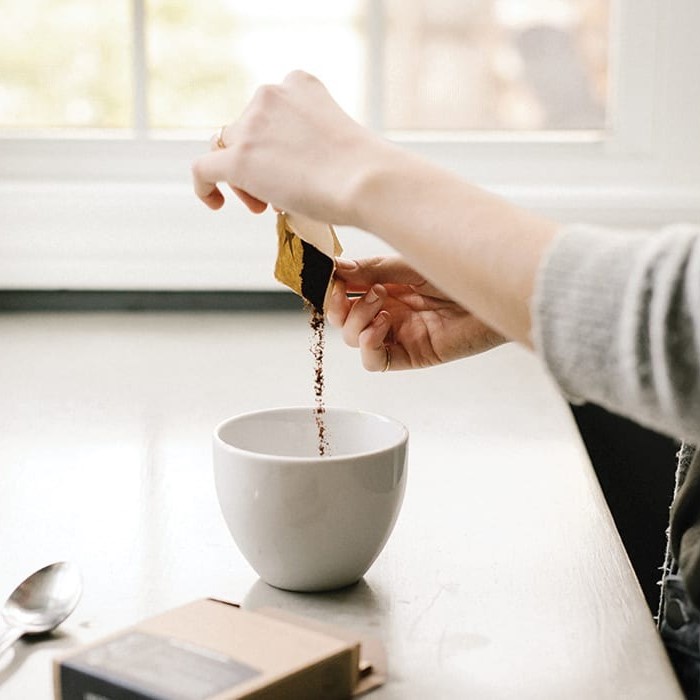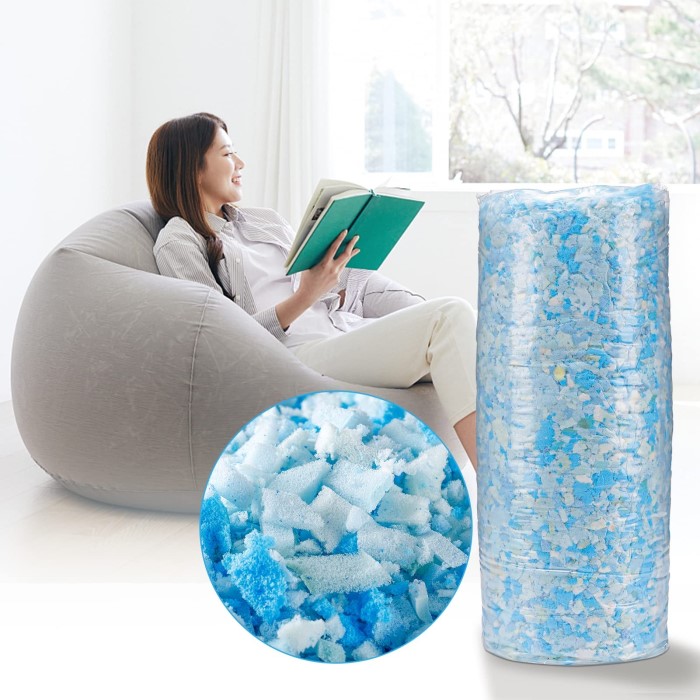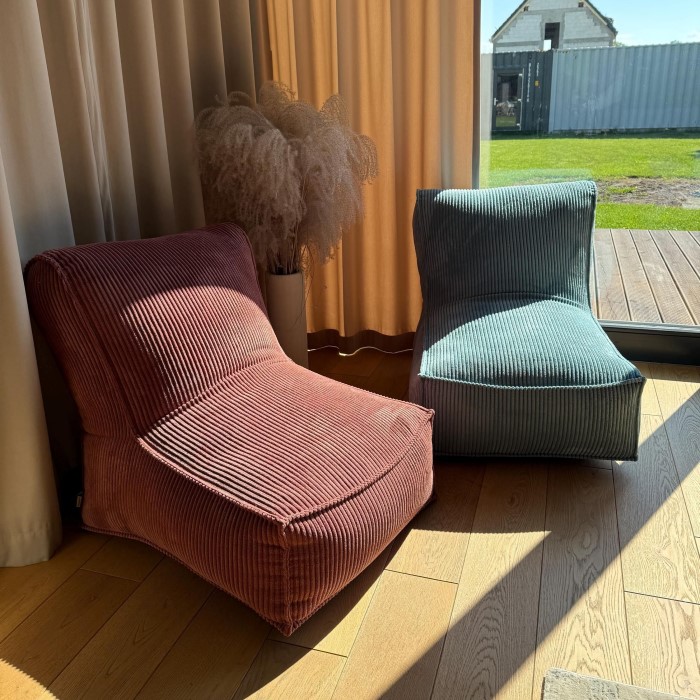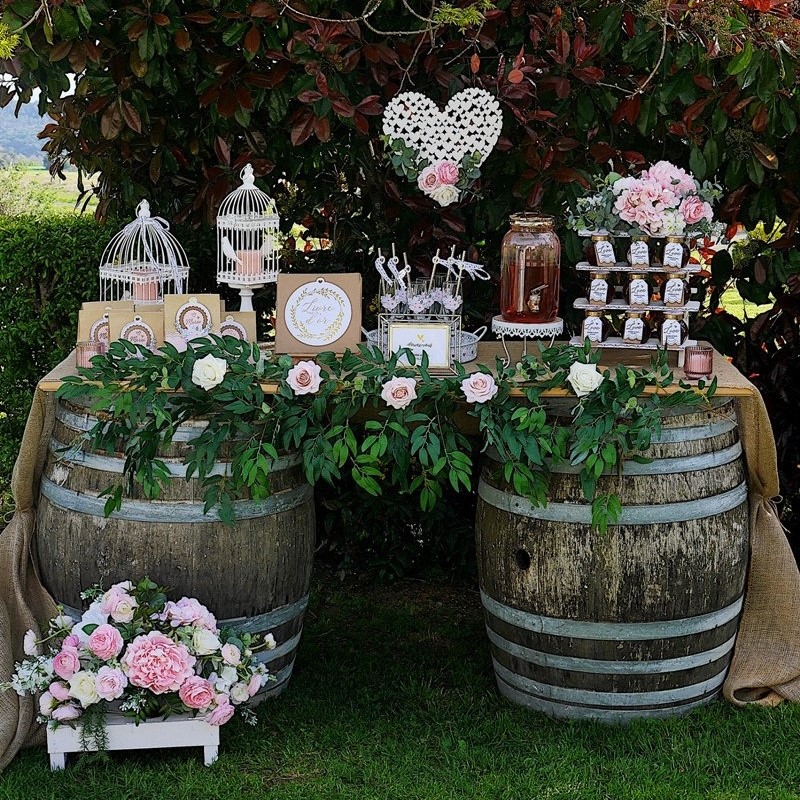Introduction: The Art of Floral Expression
Flowers have long been an alluring subject matter for artists, their vibrant colors and intricate forms serving as both visual poetry and a testament to nature’s boundless creativity. Watercolor painting, with its translucent layers and fluidity, is a particularly fitting medium for capturing the ethereal beauty of these botanical wonders. This article delves into the art of mastering flowers in watercolor, exploring essential techniques, compositional strategies, and the emotional depth that can be conveyed through this delicate dance between pigment and paper.
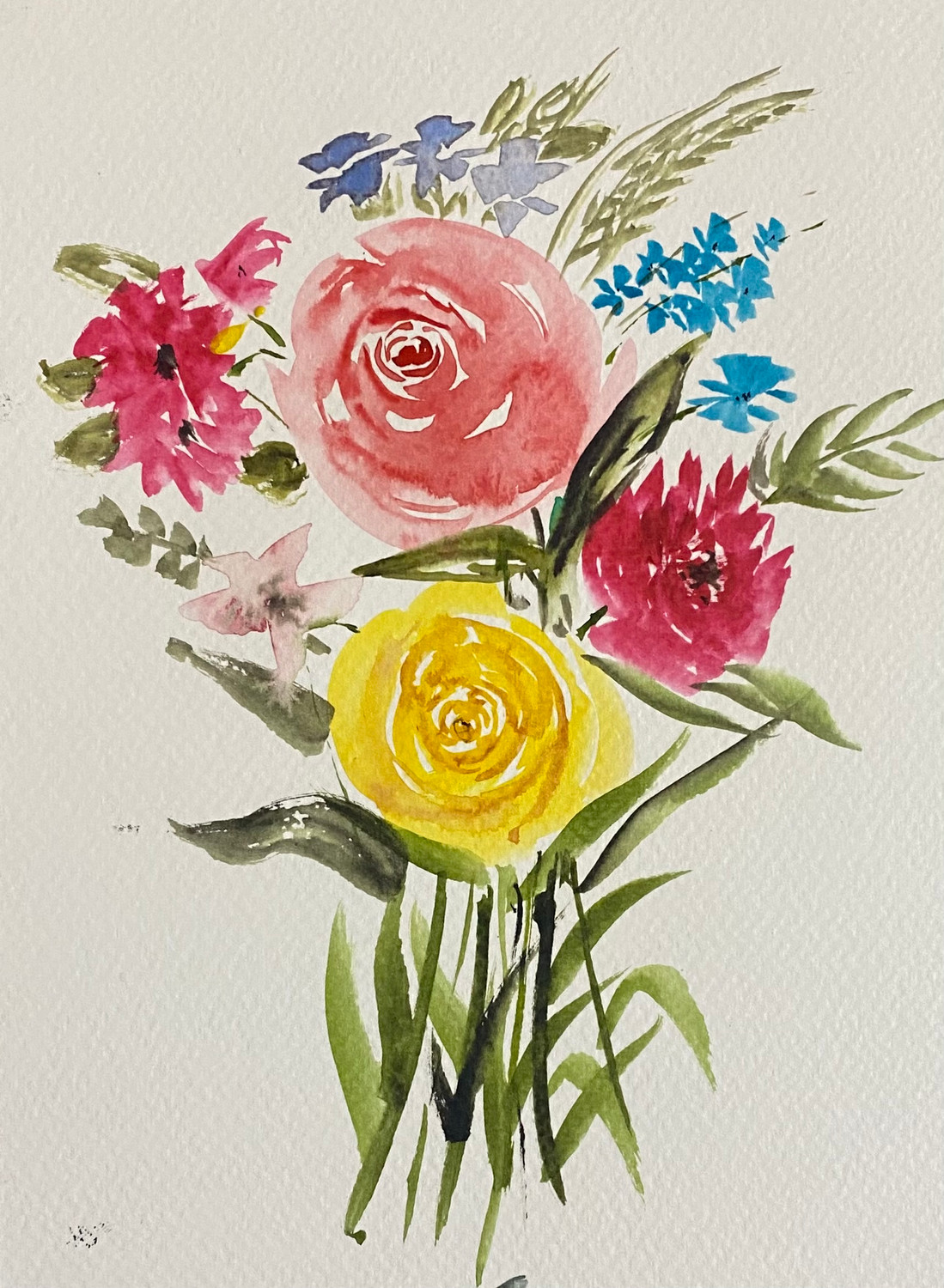
Chapter 1: Understanding the Medium: The Characteristics of Watercolor
To truly master painting flowers in watercolor, one must first understand the unique properties of the medium itself. Watercolor is characterized by its transparency, allowing light to pass through the pigments and reflect off the white surface of the paper, creating a luminous quality that is particularly suited to rendering the delicate translucency of petals. Its fluidity enables the artist to create soft blends and subtle washes, evoking the gentle gradients found in nature. Additionally, watercolor’s inherent unpredictability can be harnessed to create organic textures and spontaneous effects that mimic the natural variations found in flowers. Familiarity with these qualities will guide the artist in selecting appropriate techniques and materials for capturing the essence of their floral subjects.
Chapter 2: Materials and Tools: Setting the Stage for Success
The right combination of materials and tools is crucial for achieving the desired results in watercolor flower painting. High-quality watercolor paper, with its ability to withstand multiple washes without buckling or tearing, provides a sturdy foundation for building layers of color. Specially formulated watercolor paints, whether in pans or tubes, offer a wide range of hues and opacity levels, allowing artists to capture the diverse palette of flora. Brushes, too, play a vital role; a well-rounded selection of sizes and shapes allows for precision in detailing and broad, sweeping strokes for backgrounds and larger areas. Other accessories, such as palettes, water containers, and masking fluid, further enhance the artist’s control over the painting process. By investing in quality materials and understanding how each tool contributes to the final artwork, artists can unlock their full potential in rendering exquisite floral compositions.
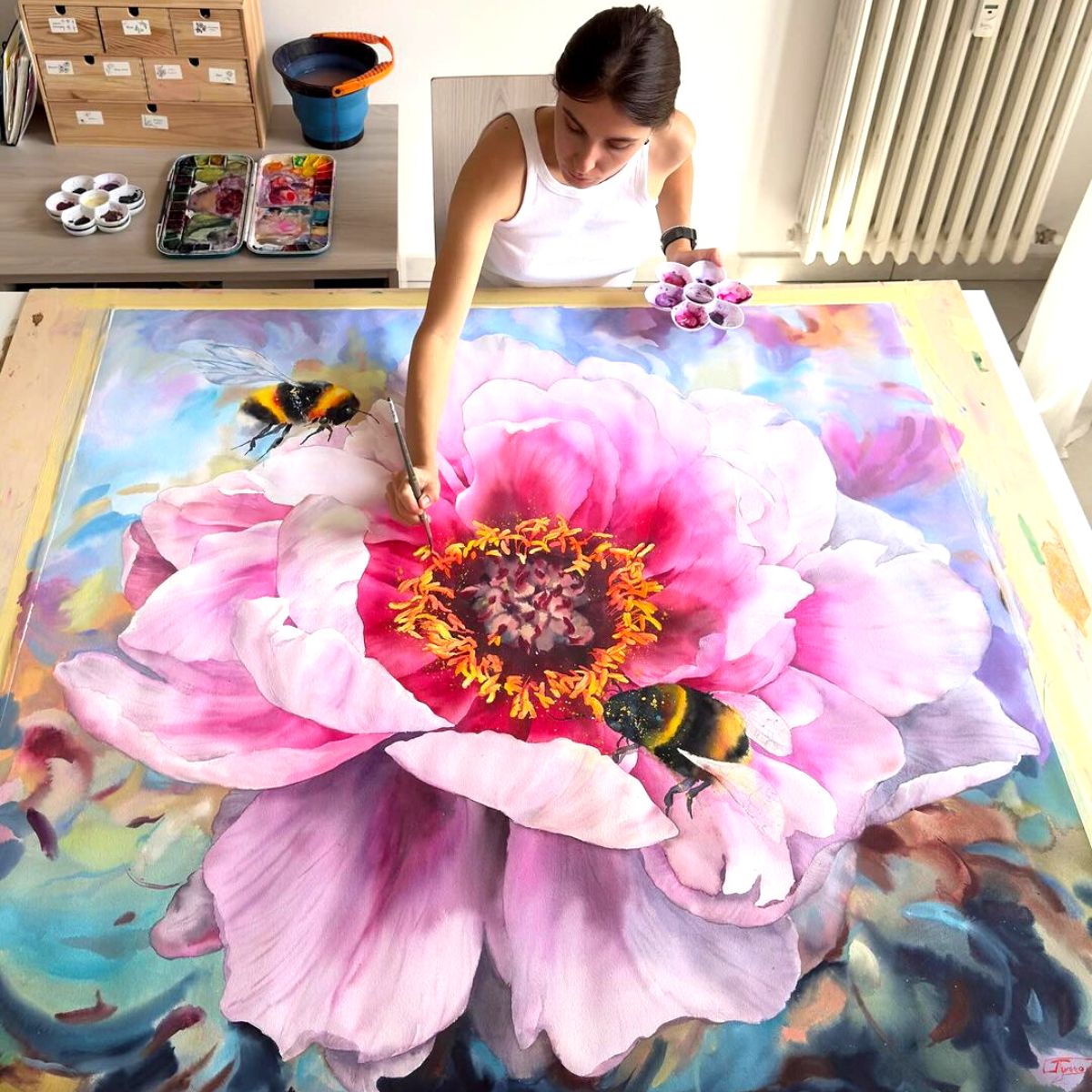
Chapter 3: Building a Foundation: Techniques for Rendering Form and Texture
Mastering the various watercolor techniques is key to accurately depicting the intricate forms and textures found in flowers. Wet-on-wet painting allows artists to create soft, blended edges and organic patterns, ideal for suggesting the nuanced transitions within petals or the subtle mottling on leaves. Dry brushwork, on the other hand, enables crisp lines and textural details, perfect for capturing the veins in a leaf or the stamens of a flower. Glazing involves layering multiple thin washes of color, gradually building depth and intensity while preserving the translucency characteristic of watercolor. Learning to employ these techniques judiciously and in combination will enable artists to create compelling representations of their floral subjects.
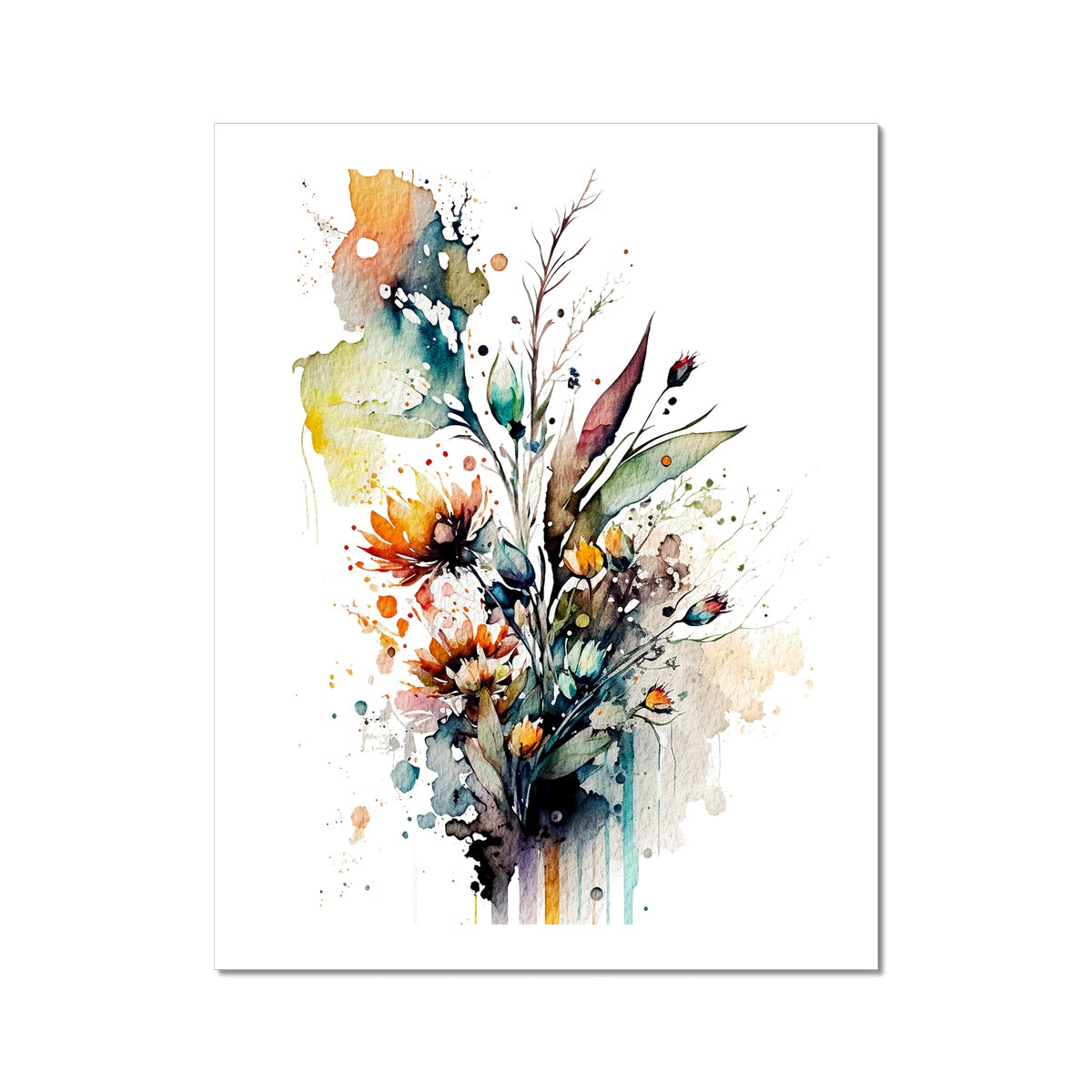
Chapter 4: Composing with Purpose: Arranging and Balancing Floral Elements
A successful floral watercolor goes beyond accurate representation; it also tells a visual story through thoughtful composition. Artists should consider factors such as scale, perspective, and negative space when arranging their floral elements. Focal points can be emphasized through size, contrast, or placement, guiding the viewer’s eye through the composition. The use of color theory – harmonious combinations, contrasting accents, or chromatic temperature shifts – can add emotional depth and visual interest to the piece. Furthermore, incorporating movement, whether through the curl of a petal or the sway of a stem, imbues the painting with a sense of life and dynamism. By thoughtfully composing their floral scenes, artists can transform a simple depiction into a captivating narrative.
Chapter 5: Capturing Light and Atmosphere: Rendering Mood and Emotion
Light is the lifeblood of any painting, and in watercolor florals, it serves to illuminate form, enhance color, and create atmosphere. Artists should study the way light interacts with their floral subjects, observing highlights, shadows, and the interplay of warm and cool tones. Techniques like wet-in-wet blending and glazing can be used to convey the soft diffusion of light through petals, while reserved whites and strategic splashes of bright color can emphasize areas of illumination. Additionally, atmosphere can be evoked through the handling of background elements, such as suggestive washes of color to represent mist or haze, or loose, gestural strokes to suggest wind-blown petals. By skillfully manipulating light and atmosphere, artists can infuse their floral paintings with mood, emotion, and a sense of place.
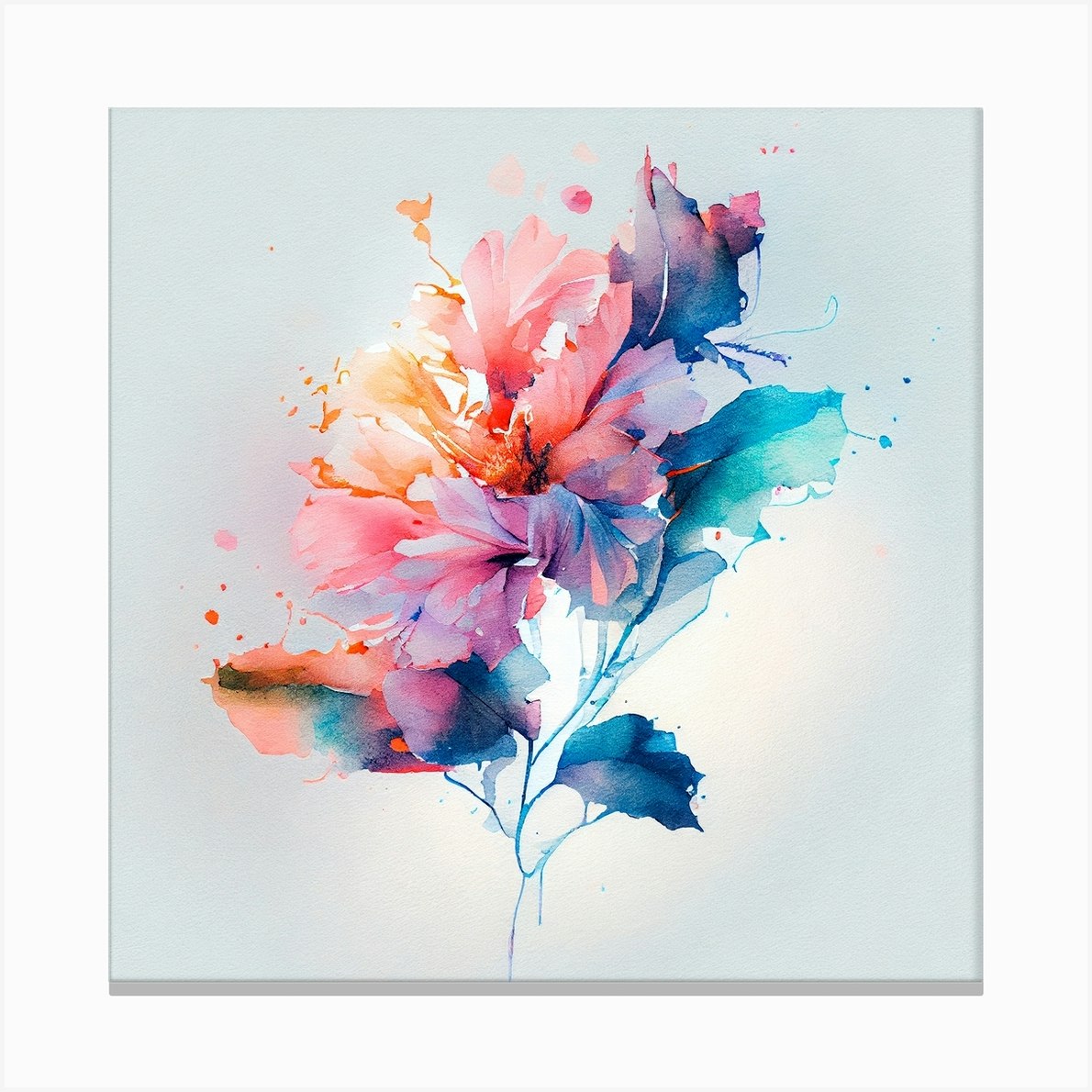
Chapter 6: Exploring Styles and Personalization: Finding Your Unique Voice
While mastering fundamental techniques and compositional principles is essential, true artistic growth lies in finding your unique voice and developing a personal style. This chapter encourages artists to experiment with different approaches, embrace creative liberties, and infuse their floral watercolors with individuality.
- Incorporating mixed media: Blending watercolor with other mediums like ink, gouache, or pastels can add new dimensions to your floral paintings. Ink outlines can provide structure and definition, while gouache can introduce opaque accents or bold contrasts. Pastels can be used for soft, textured backgrounds or to enhance the vibrancy of certain colors. Experimenting with mixed media allows you to push the boundaries of traditional watercolor and create visually striking, multi-layered works.
- Abstracting and stylizing forms: Departing from strict realism, artists can explore abstraction or stylization in their floral depictions. Simplifying shapes, exaggerating colors, or distorting proportions can lead to dynamic, expressive compositions that convey emotions or concepts rather than mere replication. This approach may involve focusing on the essence of a flower rather than its precise anatomical details, or using floral motifs as a springboard for imaginative, symbolic narratives.
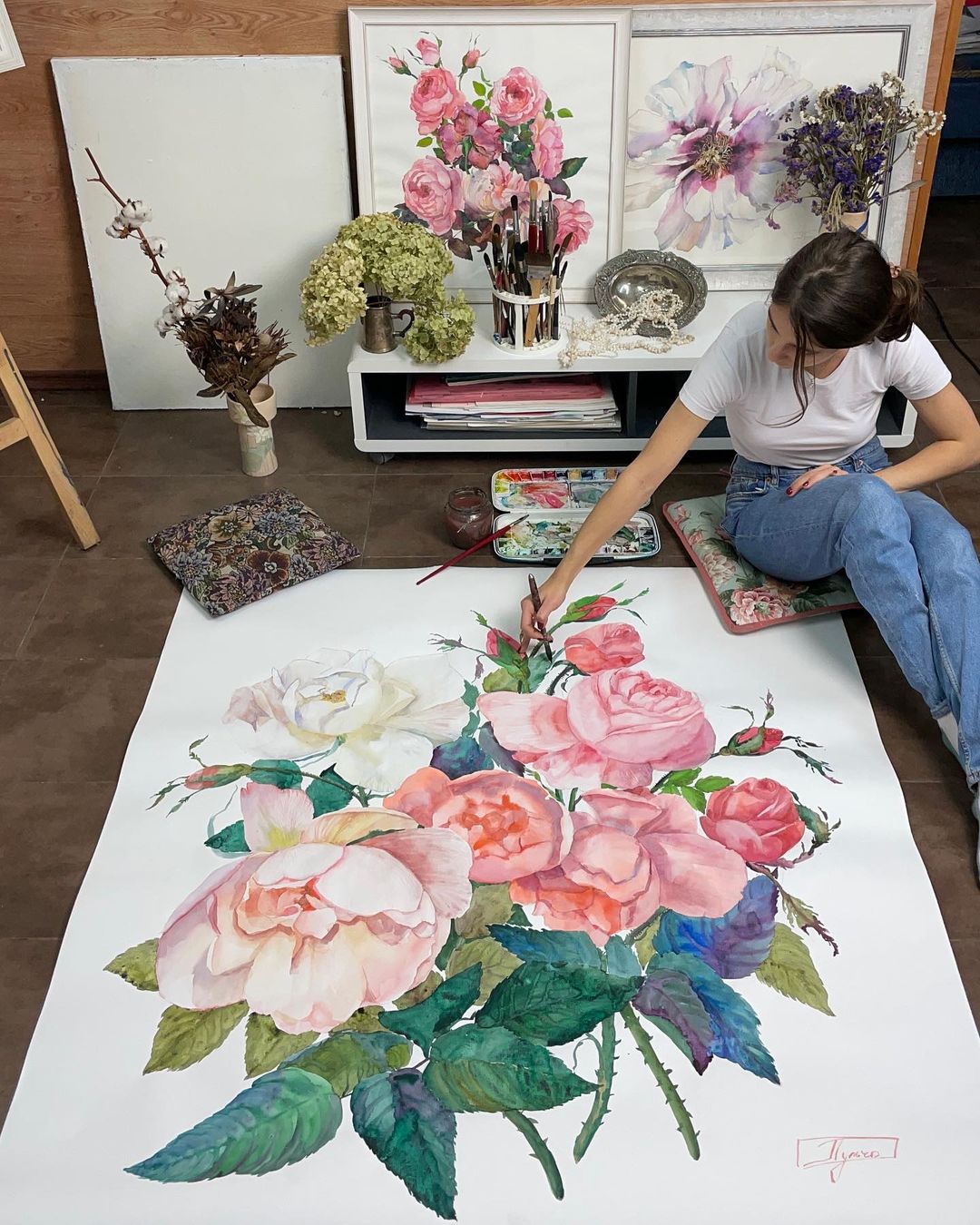
Conclusion: A Journey of Continuous Learning and Inspiration
Mastering the art of painting flowers in watercolor is a journey marked by experimentation, observation, and a deep appreciation for the beauty of nature. As artists delve into the nuances of the medium, explore various techniques, and develop their compositional skills, they not only refine their ability to render realistic floral depictions but also cultivate a unique artistic voice. Continual practice, coupled with a willingness to learn from both successes and failures, will allow artists to unlock the full expressive potential of watercolor and create stunning floral paintings that resonate with viewers on both an aesthetic and emotional level. Ultimately, the pursuit of capturing nature’s beauty in watercolor is not merely a technical endeavor; it is a celebration of life’s fleeting moments and a testament to the enduring allure of flowers as artistic muses.





